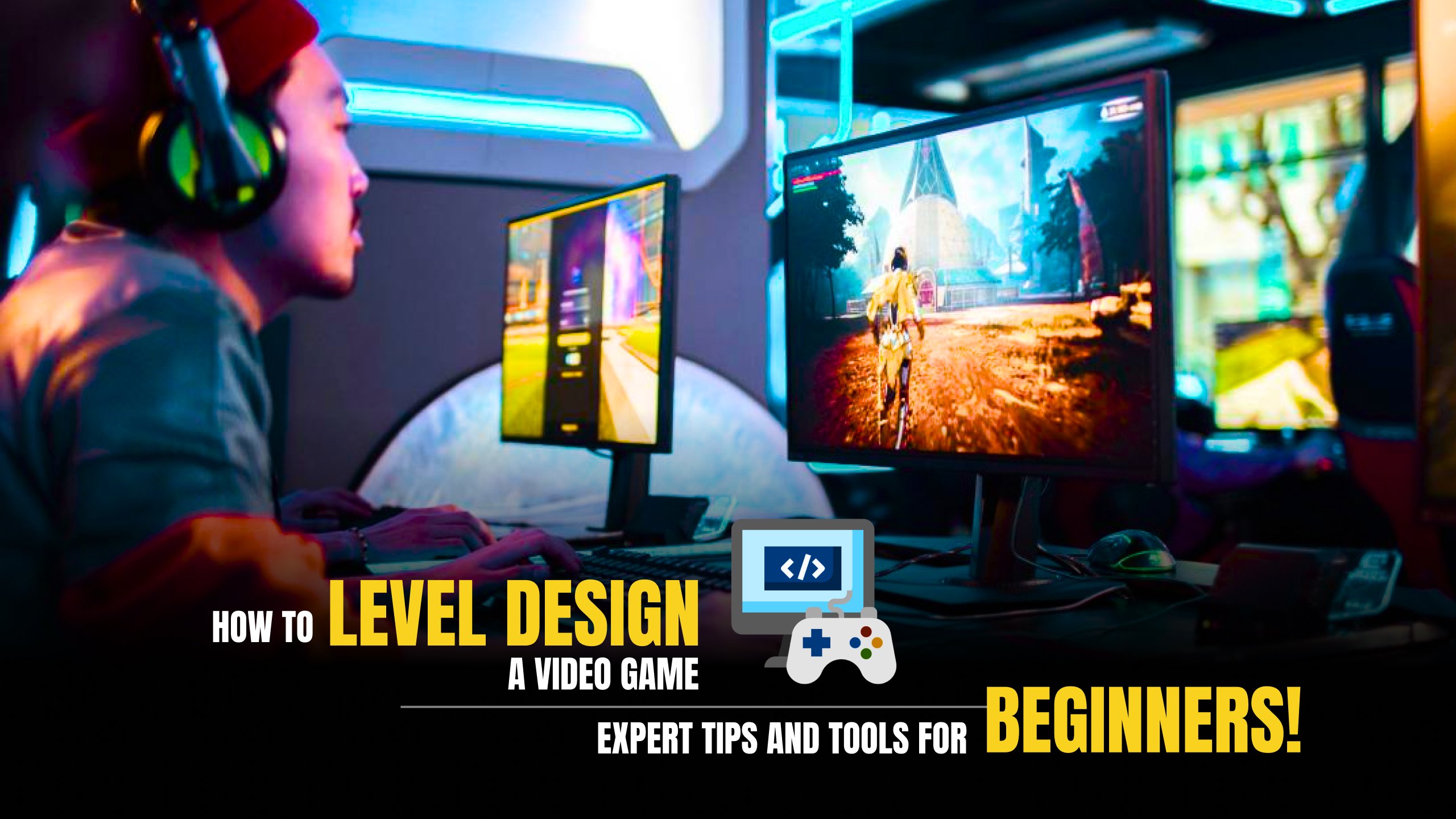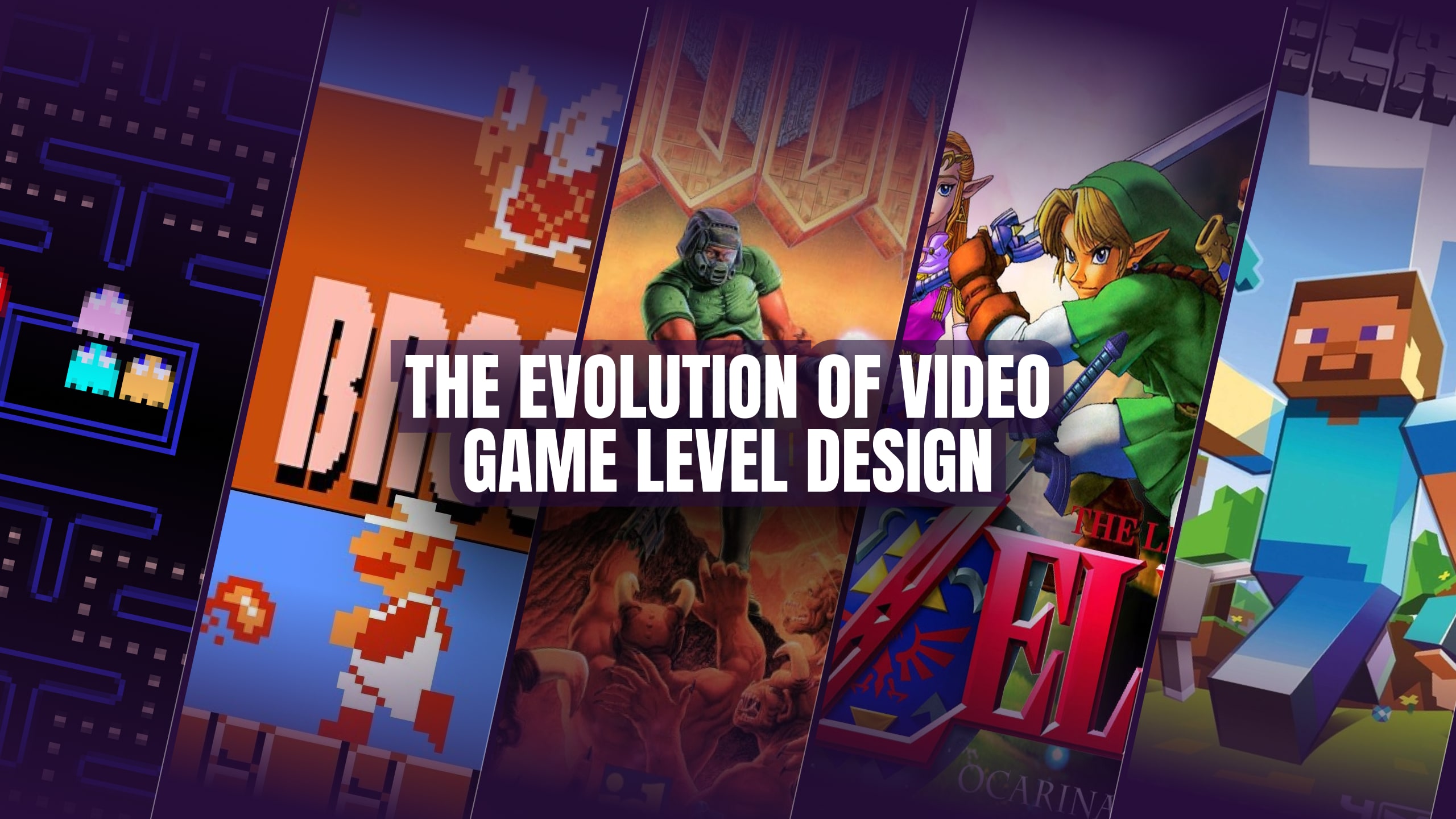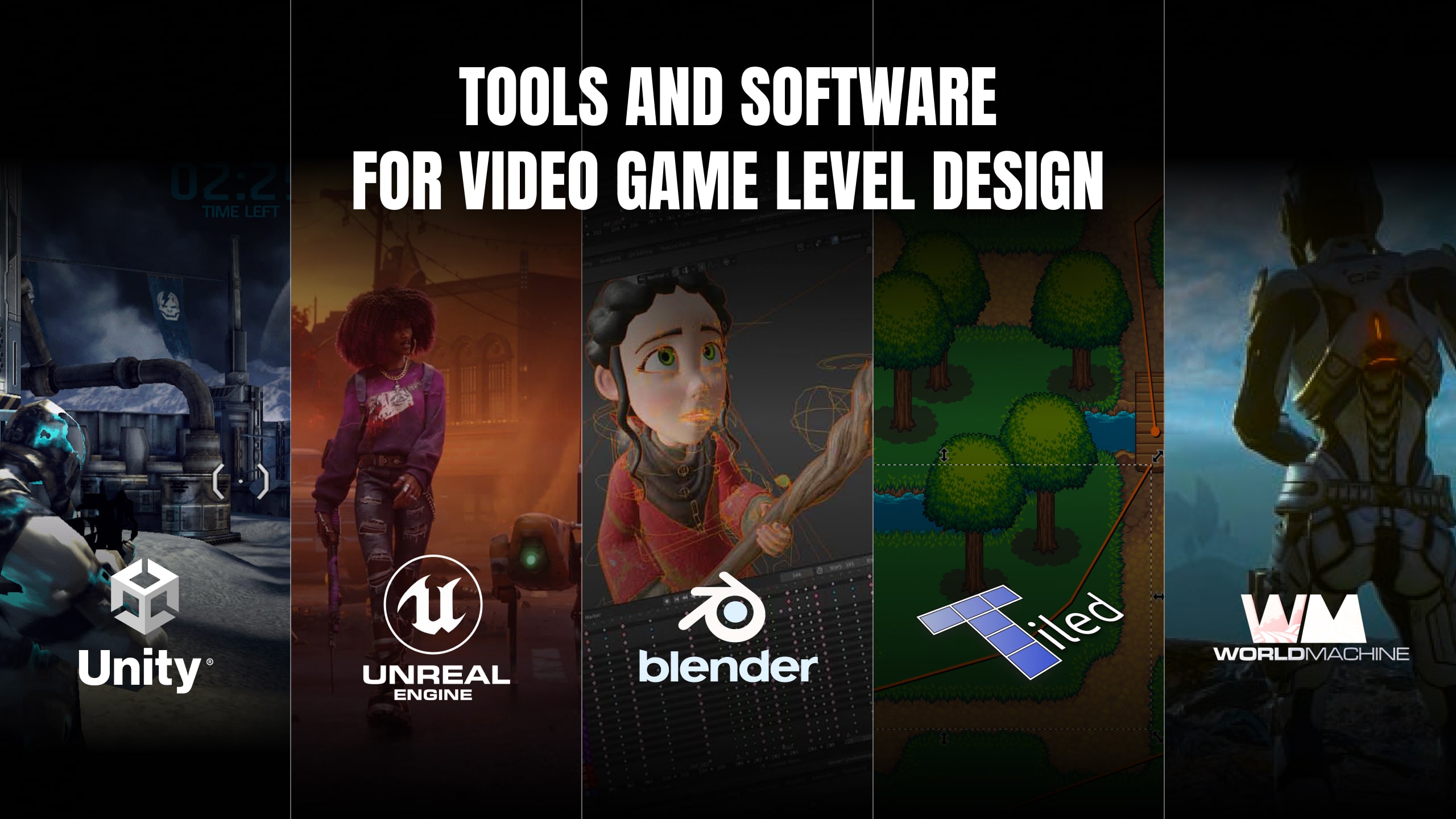

Video game level design refers to the process of creating and designing the video game stages, maps, and missions in the game. It basically includes creating the entire environment and tricky hurdles that a gamer or player encounters as they progress through a game level. Right from the layout of the gameplay to the final placement of game characters and props, each & every element in the game is effectively arranged in such a manner that ensures an amazing gaming experience.
In modern culture, video games come up as a great evolution in modern entertainment in 2023 and level designing is definitely a big reason behind that. To understand level designing, it basically involves creating the game stages and levels with which players navigate and achieve specific goals or can say ultimately win the game.
In the 1970s and 1980s, game level designs were pretty simple and easy or often repetitive whereas in this modern era, levels are intricate and more complex. Level designs have played a crucial role in shaping the gaming experience. From 2D worlds to complex, level design has created an environment for games with rich narratives and vast open worlds.

Listed below are some of those popular games that show the different variations of level designs:
Pac-Man, the beloved classic, introduced gamers to the concept of structured levels. The iconic mazes in this game provided a foundation for future-level designers to create compelling challenges.
Super Mario Bros. revolutionized side-scrolling game level design. Each level offered a fresh set of obstacles and surprises, showcasing the power of thoughtfully crafted environments.
Doom was a frontier person in competitive multiplayer level design, with "deathmatch" maps that became the standard for fast-paced, action-packed gaming experiences.
This masterpiece demonstrated the potential of immersive 3D environments in video game level design, combining intricate puzzles with storytelling in an open-world setting.
Minecraft, a sandbox game, allows players to not only explore but also create their own levels and worlds. It emphasized the significance of player-driven level design in modern gaming.
Developing a crafted level involves various steps, and each presents unique complexities and factors to be taken into account.
At the outset, level design experts work on defining the game's theme, objectives, and core gameplay mechanics. This stage sets the creative direction for the entire project.
Once the concept is established, designers create a preliminary layout or blueprint of the level. This includes planning the flow, key locations, and overall structure.
The prototyping stage involves building a basic, functional version of the level. It serves as a testing ground for gameplay mechanics, pacing, and initial player experiences. Here, level design tricks are often employed to experiment and refine.
As the level takes shape, designers add visual and audio elements to enhance the atmosphere and storytelling. This step is crucial for immersing players in the game world and is a part of the level design process that demands meticulous attention.
Continuous playtesting and feedback collection are essential. Designers must be willing to make adjustments to ensure that the level meets player expectations and provides a satisfying experience. Level design tips are often shared among team members to optimize gameplay.
Now that we've covered the stages of level design, let's delve into some key level design tips and best practices to help you create engaging game environments:
Gradually introduce new challenges and gameplay mechanics as players advance through the game. This keeps the experience fresh and exciting.
Finding the right balance between challenging and rewarding gameplay is crucial. Levels should offer a sense of accomplishment without being frustratingly difficult. Level design for beginners often focuses on striking this balance effectively.
Use level design as a storytelling tool. Ensure that each level contributes to the overarching narrative, immersing players in the game world.
Control the rhythm of the gameplay. Mix intense action sequences with quieter moments to maintain player interest and engagement. This is one of the critical level design techniques that can make or break a game.
Listening to your playtesters is paramount. Their insights can uncover issues and opportunities for improvement that you might have overlooked. Embracing level design best practices often involves an iterative approach.

You need the right software and tools to bring your creative video game level design ideas to life. Some commonly used industry tools include:
This game engine, Unity 3D, is popular for its easy interface. Game developers can choose to work on either 2D or 3D game design, which makes it a popular choice for those creating different-level designs.
Famed for its striking aesthetics and strong physics, Unreal Engine has garnered a reputation for delivering an array of capabilities, specifically in the development of superior 3D games. As such, it's a trusted pick for game design experts.
Blender is a tool for 3D modeling and animation, which is widely used for developing game assets and level design including characters, props, and backgrounds. For level designers, it is imperative in the development and creation of games.
Tiled is a popular map editor used for creating 2D tile-based levels. It's a go-to choice for platformers, top-down games, and other 2D projects, making it a crucial level design tool.
World Machine specializes in generating realistic terrains and landscapes. This tool is essential for developers working on open-world games, exemplifying the importance of the right level design tools.
At Techy Mau Game Studios, we are known for our impressive ability to create outlines and blueprints for video games. Our team is comprised of skilled individuals who have access to top-of-the-line software to design creative and entertaining gameplay that keeps users invested. With us, you can expect nothing short of a highly captivating and interactive gaming experience.
Creating level design in video games is a tough task that requires a variety of skills including creativity, technical abilities, and knowledge of how gamers behave. Every element of level design, like enemy and obstacle layout, visual and audio design, has a significant impact on the player's experience. This art form unites different approaches to give birth to immersive and interactive virtual categories that encourage players to explore further. A strategically developed game level could make a lasting impact on gamer's memory, either how they successfully completed tough obstacles or spotted hidden secrets. Follow these guidelines, learn level design models, and join in on the galore of creating video games!
POST A COMMENT